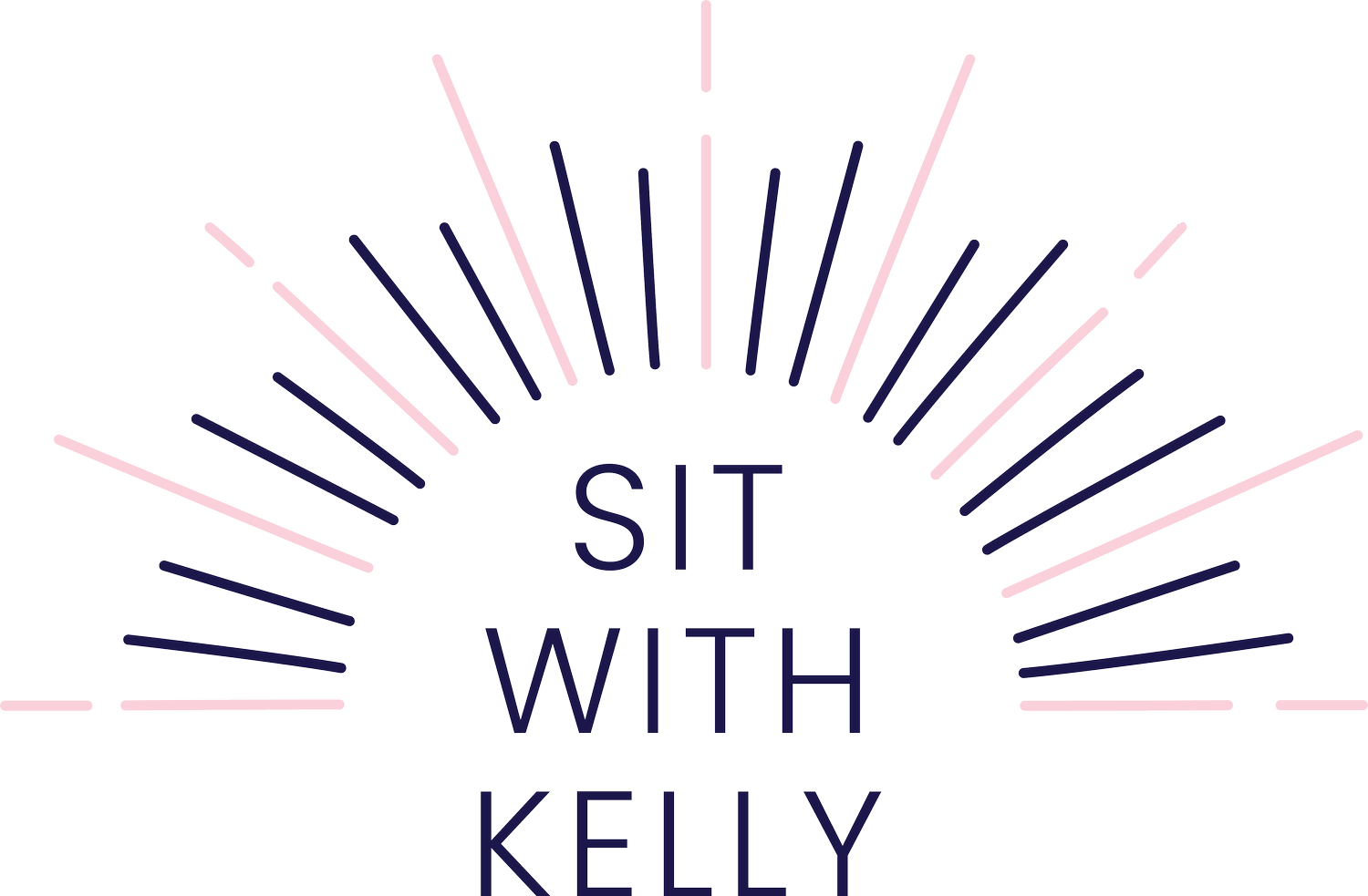3 Ways to Calm Anxiety in Your Body
Did you know that two people can have entirely different triggers and worries, and both have anxiety? While one person might feel anxious about meeting new people or being in a large crowd, another might become anxious over having too much to do and feeling underprepared.
Anxiety affects everyone differently; not just in terms of the emotional and mental aspects, but also physical ones. For the first person, being in a group of people could have led to a panic attack, while the one who felt unprepared might have had trouble sleeping. In most cases, the physical symptoms are just as uncomfortable and unwelcome as the situations and thoughts that triggered them.
Still, if you think about it, the tense muscles, headaches, rapid heart rate, shallow breathing, and sleeplessness all serve an important purpose. If anxiety didn’t manifest in these physical ways, we might not be as quick to notice when something is off. And because the mind and body are so closely connected, you can calm your thoughts by calming your body.
In finding relief in the physical body through the following calming tips, you are also addressing other areas of your mental health that need your care and attention.
This technique is called progressive muscle relaxation and is one of my FAV ways to manage anxiety.
Relax your muscles
Anxiety can cause you to tense your muscles. But even if it doesn’t, you can purposefully create tension in order to then release it, which will relieve stress in the process.
The next time you feel anxious, lie down on a yoga mat or something comfortable and close your eyes. Bringing awareness to your breath, start by making a tight fist. Squeeze it tightly for a few seconds before you release your fist and allow your fingers to slowly open. Notice how your hand feels.
Continue to do this with muscle groups as you work up or down your body. Hold the tension for a few seconds before you slowly release. Notice how each part of your body feels before moving to the next one. And when you’re done, notice how you feel. Feel free to repeat this in the other direction to keep going.
Calm down by counting
You might be thinking, there is no way some dumb numbers will pull me out of how I’m feeling. Still, there is something powerful about the simplest techniques and how they channel your focus away from your anxiety. Not to mention, they are easy to remember in a time of panic. So when this happens, sit down and close your eyes if you feel comfortable doing that. Slowly count to 10 or 20 and repeat, or keep counting higher. If this isn’t enough to pull your attention, make it harder by counting backwards or counting by twos. Your options here really are infinite.
Visualize your happy place
The next time you find yourself in an anxiety-triggering situation, use visualization to place yourself somewhere else. Your happy place could be somewhere you have been before, or a place you create with your imagination.
The most important thing is that you go beyond the imagery and tell your mind what you pick up with your other senses. Notice the temperature of the air and what your happy scene smells like. Conceptualizing details that you would pick up with senses other than your sight is especially helpful if you struggle with visualization.
Whether or not you feel anxious today, give one of these techniques a try and notice how you feel. A little practice can help prepare you for the moment when you really need to calm down.
Remember: this post is for informational purposes only and may not be the best fit for you and your personal situation. It shall not be construed as legal, financial, or medical advice. The information and education provided here is not intended or implied to supplement or replace professional advice of your own attorney, accountant, physician, or financial advisor. Always check with your own physician, attorney, financial advisor, accountant, or other business or medical professional before trying or implementing any information read here.

